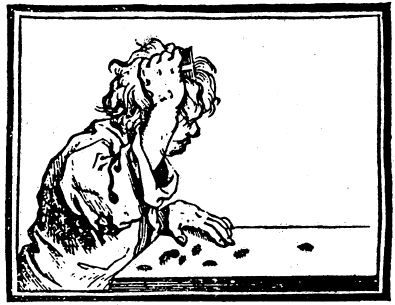
Whether rich or poor, rural or urban, all people in the nineteenth century struggled with lice. Just over a hundred years ago, dealing with lice was a commonplace, unremarkable irritant. In fact, the lice comb is one of the most common personal artifacts that we dig up from Ontario historical sites. We find lice combs made of bone, of metal, Bakelite and plastic. Sometimes they are posh items that you might find in an upper class boudoir, and other times they are handmade combs found in a simple farmhouse.
As Hans Zinsser wrote about lice in 1934 “It was not so long ago, indeed, that its prevalence extended to the highest orders of society, and was accepted as an inevitable part of existence — like baptism, or the smallpox” (Zinsser 1934:184).
In 1746 a young George Washington copied down the following “Rules of Civility” into his school book:
“Kill no vermin, as Fleas, lice, tics, etc. in the sight of others, if you See any filth or thick Spittle, put your foot Dexteriously upon it ; if it be upon the Cloths of your Companions, put it off privately, and if it be upon your own Cloths, return thanks to him who puts it off” (Zinsser 1934:187).
What is a lice comb? It is a grooming tool with many tines placed tightly together which allowed the removal of small nits and eggs from the hair. Earlier combs are made of bone, while later ones are made of plastic. The shape and fine tines are a functional necessity and remain unchanged over time (Bagley 2016:47).
With our modern eyes, it would be easy to see lice combs as evidence of filthy living conditions. However, without modern plumbing and easy access to running water, people in the past did not have the infrastructure to deal with eradicating lice entirely, regardless of their personal hygiene habits. Instead they were left treating the symptoms of constant cycles of lice infestations.
Our everyday struggle to control lice may be a thing of the past, but it is forever preserved within the English language in the form of many common words and sayings. To go through something “with a fine tooth comb” is a direct reference to lice combs, whose many tines were so effective at finding small eggs. We still use “lousy” as an adjective for something that is gross or of poor quality. And of course a “nitpicker” is someone who finds fault with everything, whose origin point is clearly with the type of person George Washington warned us against who would impolitely “kill vermin in the sight of others.”
Is anyone else feeling itchy all of a sudden?










